FS Colour Series: BLUE APATITE Inspired by Joan Mitchell’s Rich Teal
Abstract Expressionist Joan Mitchell brought swirling tornadoes of colour into her art, and BLUE APATITE was one of her favourites. She loved how this rich teal blue could energise her paintings with the colour of electricity, twirling this way and that in dynamized ribbons, or pooling into watery patches of translucency. Though her densely patterned canvases came about through experiment and intuition, there was always a lingering trace of landscape at the back of her mind, and the rich, naturalistic blues of her paintings suggest oceanic waves, or the vibrancy of a summer garden in full bloom.
Mitchell was born in Chicago to a creative family, and her path towards art seemed like a natural progression. After training as an artist in 1940s Chicago, Mitchell headed for New York in the 1950s, where she swiftly integrated herself with the leading Abstract Expressionists of the day, including Willem De Kooning, Jackson Pollock and Lee Krasner. It was in New York that Mitchell made her first big splash as an artist, earning her rightful place as a leading expressionist in a macho, male dominated art scene.
In the rich and lyrical painting Untitled, 1956, Mitchell nods towards the energised and harmonious colours of nature, merging an intense painterly swipe of teal blue in the centre with loose tangles of rust brown and olive green that could be tree branches or roots turning this way and that in the undergrowth. Made in the same year, East Ninth Street, 1956 is similar in design, juxtaposing deep blues with warmer passages of colour. A cool, watery patch of teal blue in the lower half of the canvas seems to shimmer with the light and weightless translucency of water, while a frenetic storm of warm green and yellow marks swirl above it, dappled with swift marks to suggest the tempestuous power of nature.
Untitled, 1958 is bolder and more aggressive, with thicker strands of paint swiped and stroked across the canvas with angry slashes and smears. A dark patch of ultramarine dominates this particular design, smeared thickly into the far left, but lighter, warmer shades of blue radiate around it as if caught in the glinting warmth of the sunlight. Meanwhile, bold red and yellow streaks seem to hover before them, caught mid-air like leaves blowing through a breeze.
In 1959 Mitchell relocated to Paris with her partner, the French painter the painter Jean Paul Riopelle. One of the primary influences on her art from this period onwards was the late Impressionist art of Claude Monet, particularly his famed Water Lilies Series made at the turn of the 20th century in his private garden at Giverny, with their loose marks and shimmering invocation of light. In fact, Mitchell was so taken with Monet’s art that she and her partner later moved to Vétheuil, not far from Giverny. Mitchell remained here for the rest of her career, where the lush and fertile landscape continuously infiltrated the sparkling energy of her art.
Untitled, 1960 was made while Mitchell was living in France, and it demonstrates a new phase in her art, when colours were less separated and spread out, instead congealing together to form a solid, sculptural mass in the centre of the canvas, while softer, lighter marks seem to drift from it into the space beyond. In this painting teal blues are the most solid colour, stroked on thickly with a huge brush, while contrasting shades of rust red and earth green ripple across it, forming an appealingly high contrast. Over the top, tiny highlights of shocking purple are streaked here and there, flickering with light, and emphasising the poetic depth and intensity of the blue beneath them.





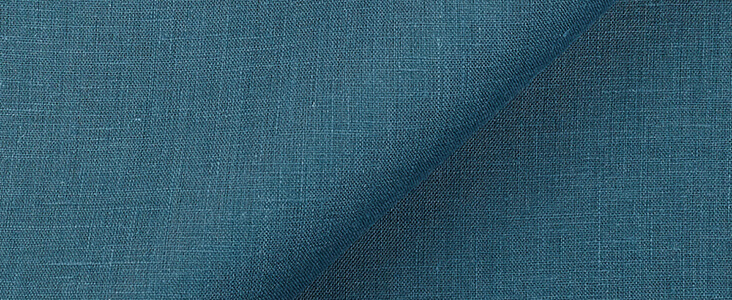
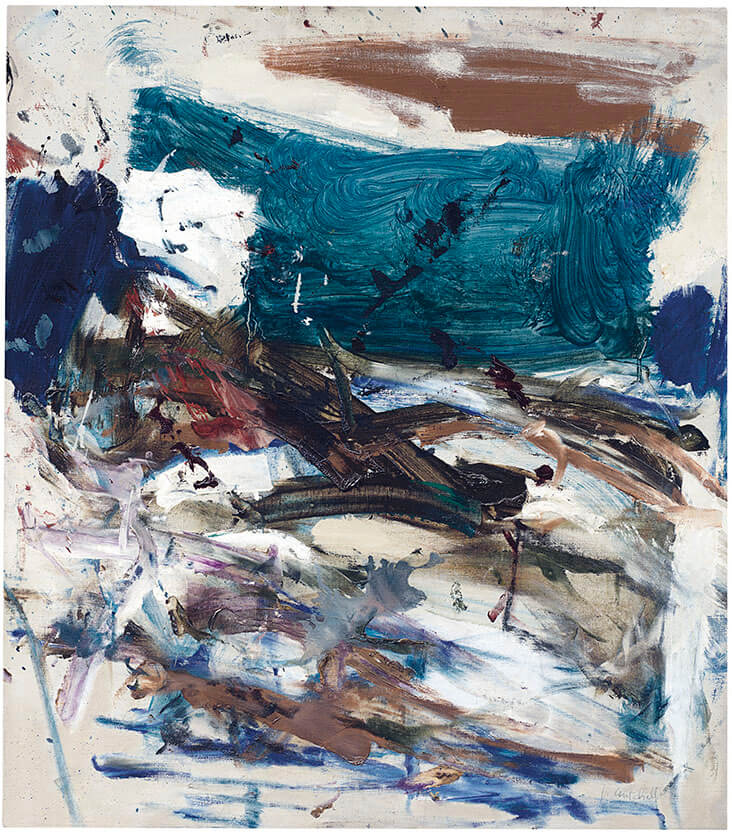
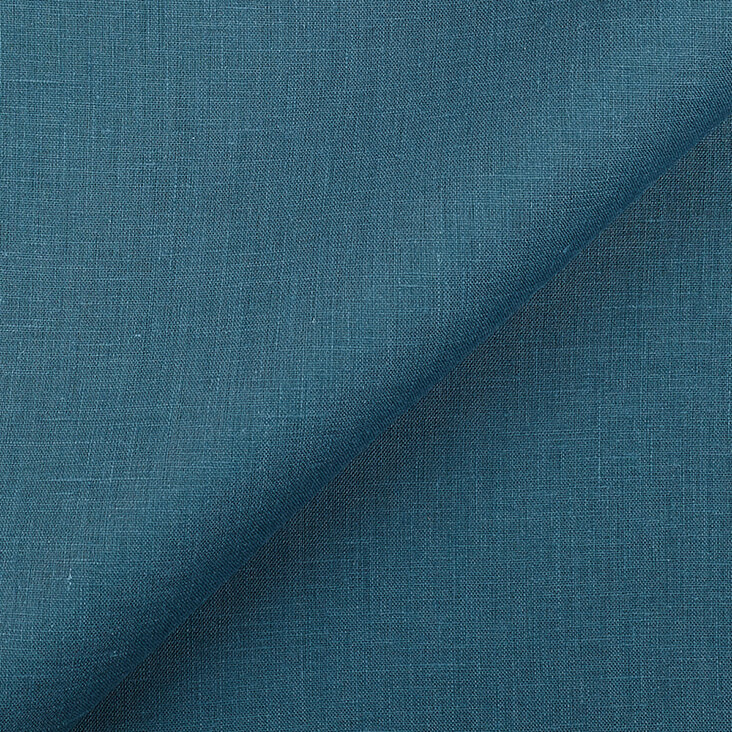
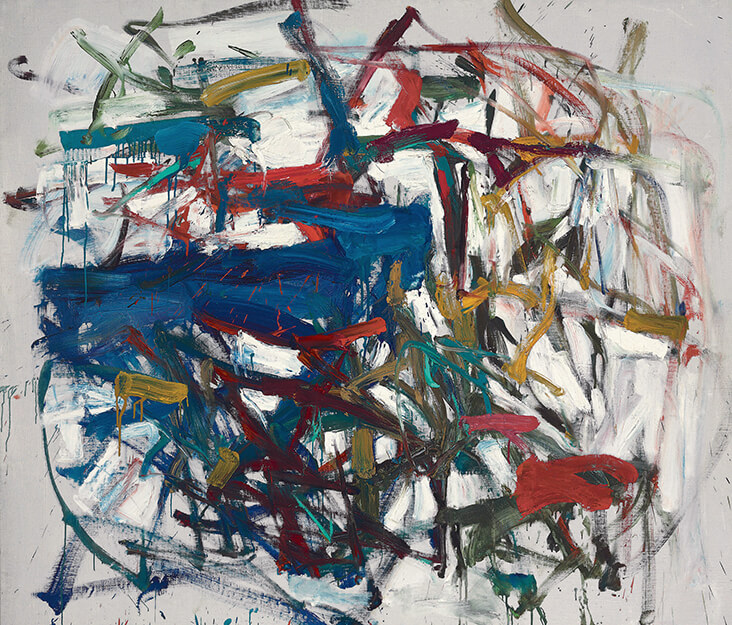
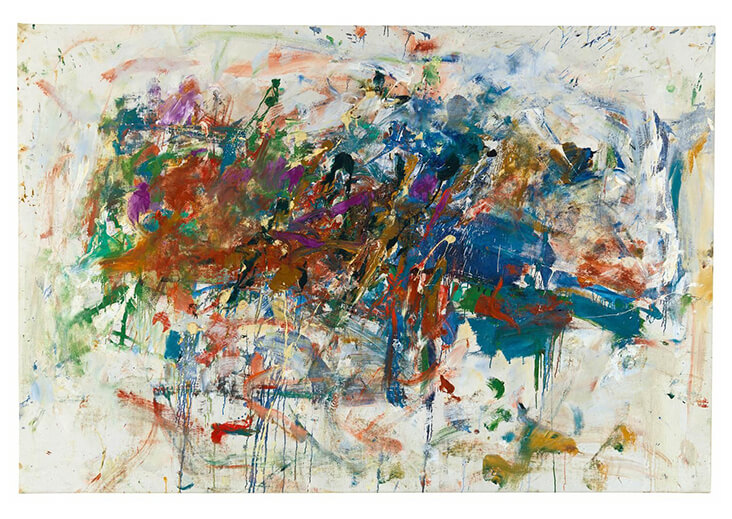





















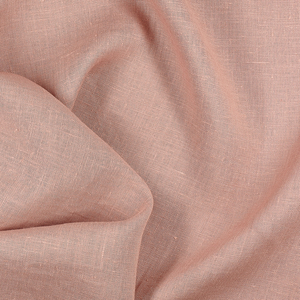


















Leave a comment